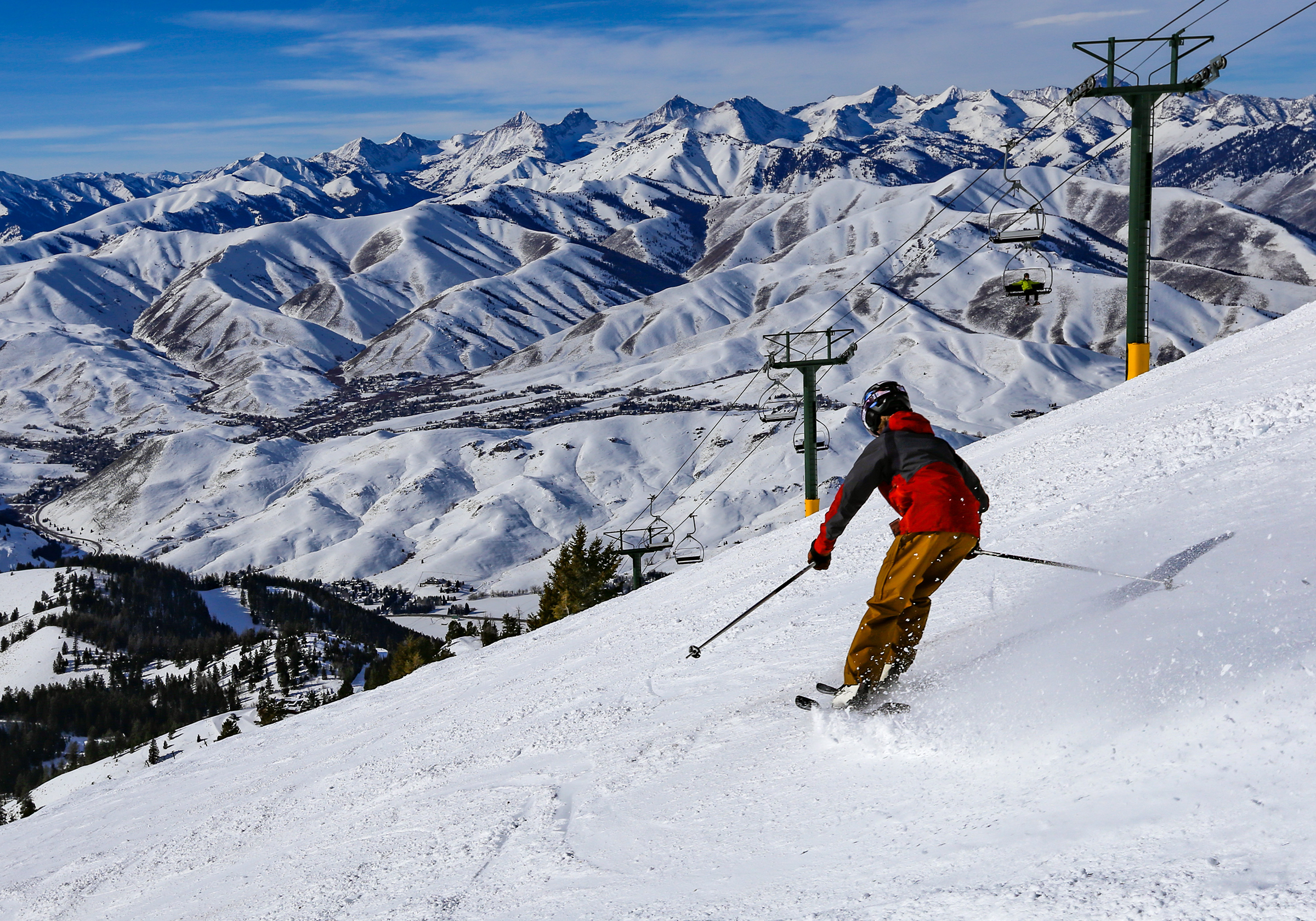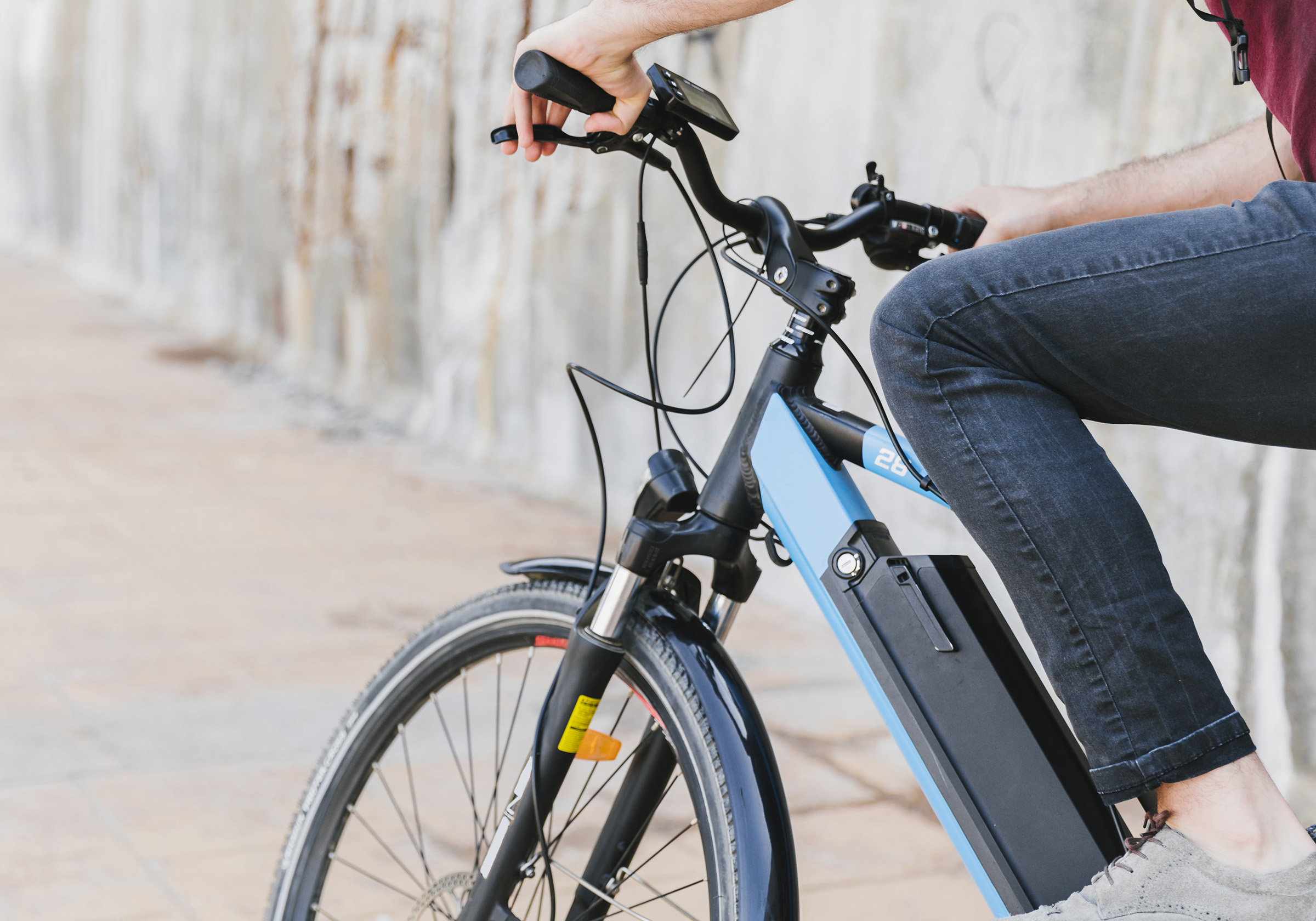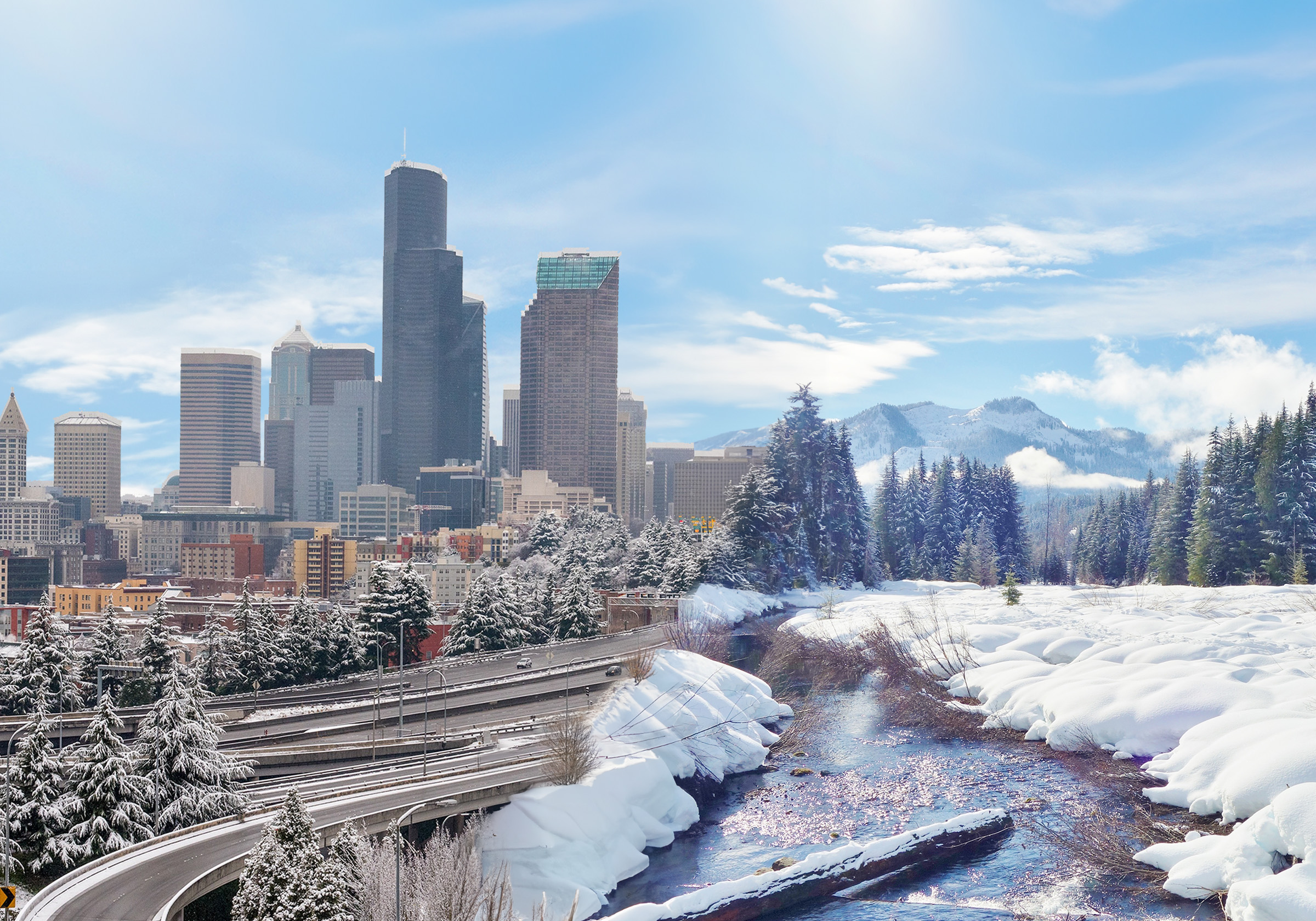I’ve been a skier for nearly a decade.
But even with hundreds of days on the slopes and several years of constant improvement, I’ve learned never to underestimate the dangers inherent in strapping a pair of sticks to your feet and hurtling yourself headfirst down a steep, icy slope.
In fact, just recently, the importance of ski safety hit home in a very real way.
-- --- --
The 2022-2023 season was great. We got tons of snow, and I was in hog heaven, packing up my gear and heading to the mountains any chance I got.
One afternoon, I found myself on a run I’d skied countless times; I felt like I knew every bump and turn. It was whiteout/blizzard conditions – 8-foot visibility, a howling wind – but I was confident, perhaps too confident. Hoping to head off the other skiers so I’d have a fresh run of pow all to myself, I was skiing far too fast.
Suddenly, I hit wind lip, an unexpected bump created by the wind pushing around the fresh powder, and launched into the air. I came crashing down, sprawled out on the side of the hill - a total yard sale.
In the end, I was lucky; the doctor said I didn’t have any broken bones, but my ribs were likely bruised. My ego was bruised too. “I thought I was a better skier than that,” I thought to myself.
-- --- --
As it turns out, no matter how good a skier you are, there are always things outside of your control: wind, ice, unseen obstacles, other skiers. Because of this, doing everything you can to mitigate the chances of injury, to yourself and others, is of the utmost importance.
Ski Safety 101
There are countless safety resources out there, both online and otherwise. I’ve taken the liberty of compiling some of my favorites here in one place, a comprehensive guide for you to brush up with and ensure a safe and fun experience on the slopes.
Gearing up
The first part of ski safety is ensuring you have the right gear for the job.

- Helmets: It’s important to find a helmet that properly fits and fastens. They may not look “cool”, but nothing is hipper than avoiding damage to your noggin; no one wants to be holed up in the lodge with a concussion or traumatic brain injury. Helmets have the ability to minimize the chance of head injury by 60 percent.1 Best of all, helmets are also more comfortable and warmer than snow hats, and make it easier to hold your goggles.
- Goggles: Visibility, especially when snowing, can sometimes leave much to be desired. Goggles help reduce glare, increase contrast, and protect your eyes from cold and debris.2 Most goggles have lenses that can be easily changed, with different colors ideal for different conditions (full sun, shady, white out, etc.)
- Skis, poles, and bindings: Misadjusted or ill-fitting equipment can cause injury. As with all ski gear, I recommend heading to your local ski shop for a fitting; trust the experts and be honest when they ask about your skill level.
- Jacket: I recommend investing in a jacket that’s warm, water resistant, well-fitted, and brightly colored. After all, it never hurts to be blindingly visible against the white snow.
- Layers: Snow is cold, and proper layering keeps your body warm. Invest in long underwear, thick socks, a balaclava, and moisture wicking fleece underlayers to ensure absolute snugness in the freezing temperatures. Invest in synthetic fabrics; cotton kills!
Related:
Winter Safety in Washington State
Taking a ride
Chairlifts can seem daunting. However, with a little common sense, navigating them should be a piece of cake.3
- Preparation: Remove backpacks and secure loose items before getting on the lift. If you have questions about the type of lift, don't be afraid to ask for assistance; skiers would rather help you out than have to endure a stopped lift.
- Getting on: When it's your turn to board, look over your shoulder at the approaching chair. Get into a squatting position and let the chair lift you up. Grab on and sit as far back in the chair as you can, with your back firmly placed against the seat rest. Ski tips up!
- Restraint: Some lifts, usually larger 4-person chairs, include restraint bars. Wait until everyone is seated and slowly lower the bar. Make sure to let everyone know before lowering the bar so no one bumps their head.
- Exiting: As you reach the top of the lift, follow all signage and be sure to lift the restraint bar. Communicate with the other skiers about what direction they're going, minimizing the chance of collisions upon exiting.
Here is a helpful video from Colorado Ski outlining how to safely ride the chair:
On the mountain
- Education: For beginners, I recommend attending ski instruction classes. They provide you with the basics, ensuring you have a strong foundation from which you can hone your skills.
- Right of way: Skiers in front of you may not be aware of your presence behind them.4 Always yield.
- Stopping: Never halt in the middle of a run or just after a bump that might make you invisible to the skiers behind you. If you need to stop, do so on the side and where you can clearly see uphill.
- Look both ways: When crossing a trail, merging into a run, or starting a descent down a steeper portion of the hill, be sure to thoroughly check your surroundings.
- Red tape: Backcountry skiing can be fun, but the unpredictability of conditions brings with it increased danger. Avoid skiing on closed runs or areas that have been marked off; they’re usually designated as such for a reason.
- Skill level: Different runs are marked with different difficulty designations. These designations are not universal and are often relative to the overall difficulty of the mountain itself. An intermediate (blue) run at Vail, CO might be more difficult than a blue run up at Crystal Mountain, MI. If you do not feel comfortable skiing a particular difficulty level, avoid more challenging runs; in the U.S., the more challenging runs are denoted by a single or double black diamond.

Back in 2015, I'd never considered skiing. But during that winter, my whole outlook changed.
It was my wife's birthday and we decided to go skiing together. I was nervous, and as we rode lift after lift, higher and higher up towards the summit, my anxiety only grew. But I pushed ahead. After all, as a longtime water skier, how different could it be?
Needless to say, it took time for me to get my snow legs; mistakes were made and I took my lumps in the morning. But after lunch, I found my edge for the first time and truly enjoyed the rest of the weekend. Since then, with steady improvement, it’s become one of my life passions.
-- --- --
All this is not meant to dissuade aspiring skiers or snowboarders from giving it a try. You're going to fall down, sure, but that's all part of the learning process. In reality, winter sports are generally very safe; injury incidence is roughly 3.5 injuries per 1000 visitor days.5 However, it’s important to always be mindful of safe preparation and practices.
So, grab your gear and go hit the mountain! In the words of Warren Miller, one of the fathers of American skiing, “if you don't do it this year, you will be one year older when you do.”
[1] Children's Hospital, https://answers.childrenshospital.org/ski-snowboard-helmet-guide/
[2] Ski Bradford, https://skibradford.com/5-reasons-for-wearing-ski-goggles/
[3] NSAA, https://nsaa.org/liftsafety/
[5] Science Direct, https://www.sciencedirect.com/science/article/pii/S2095254620301472









